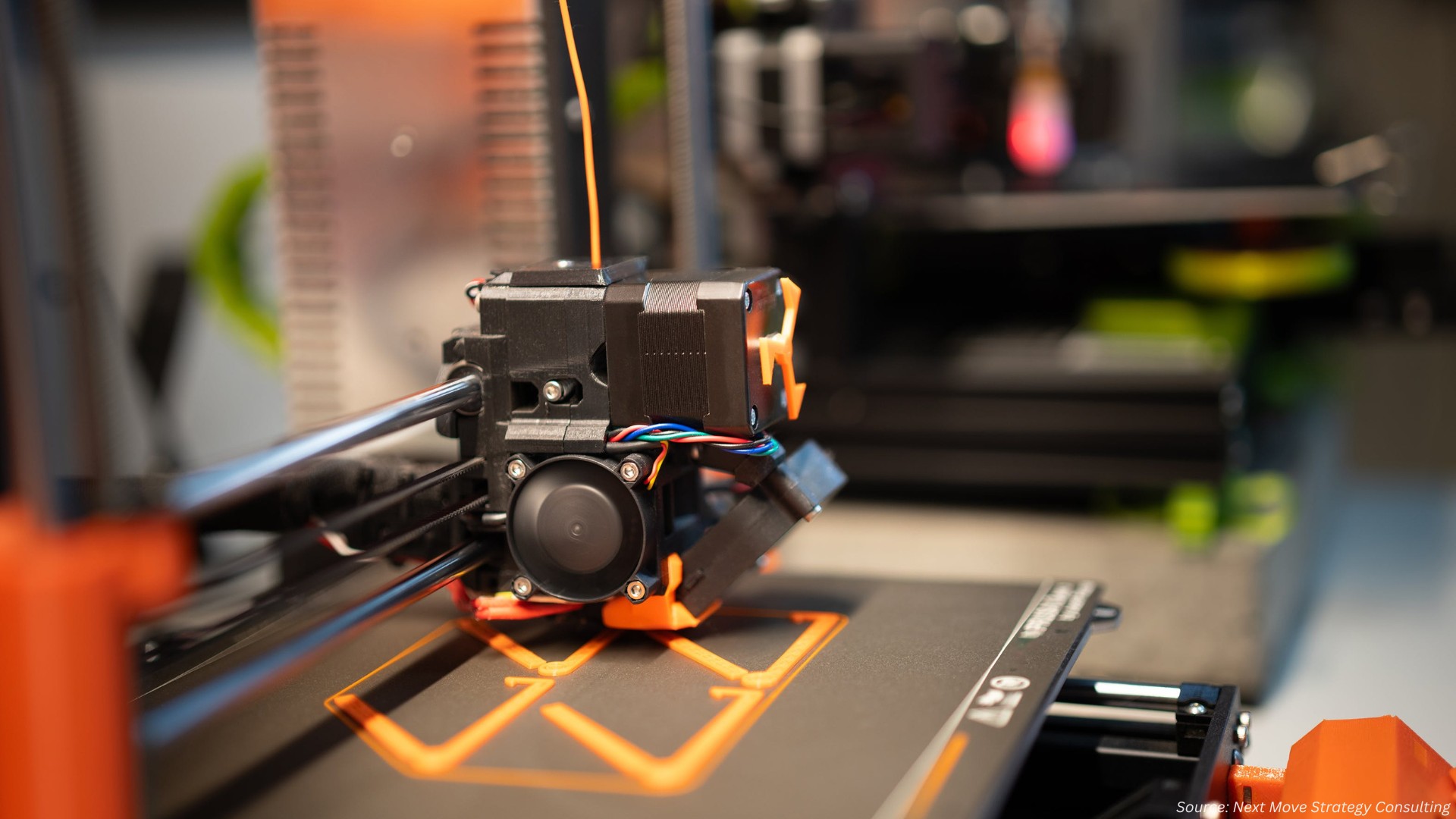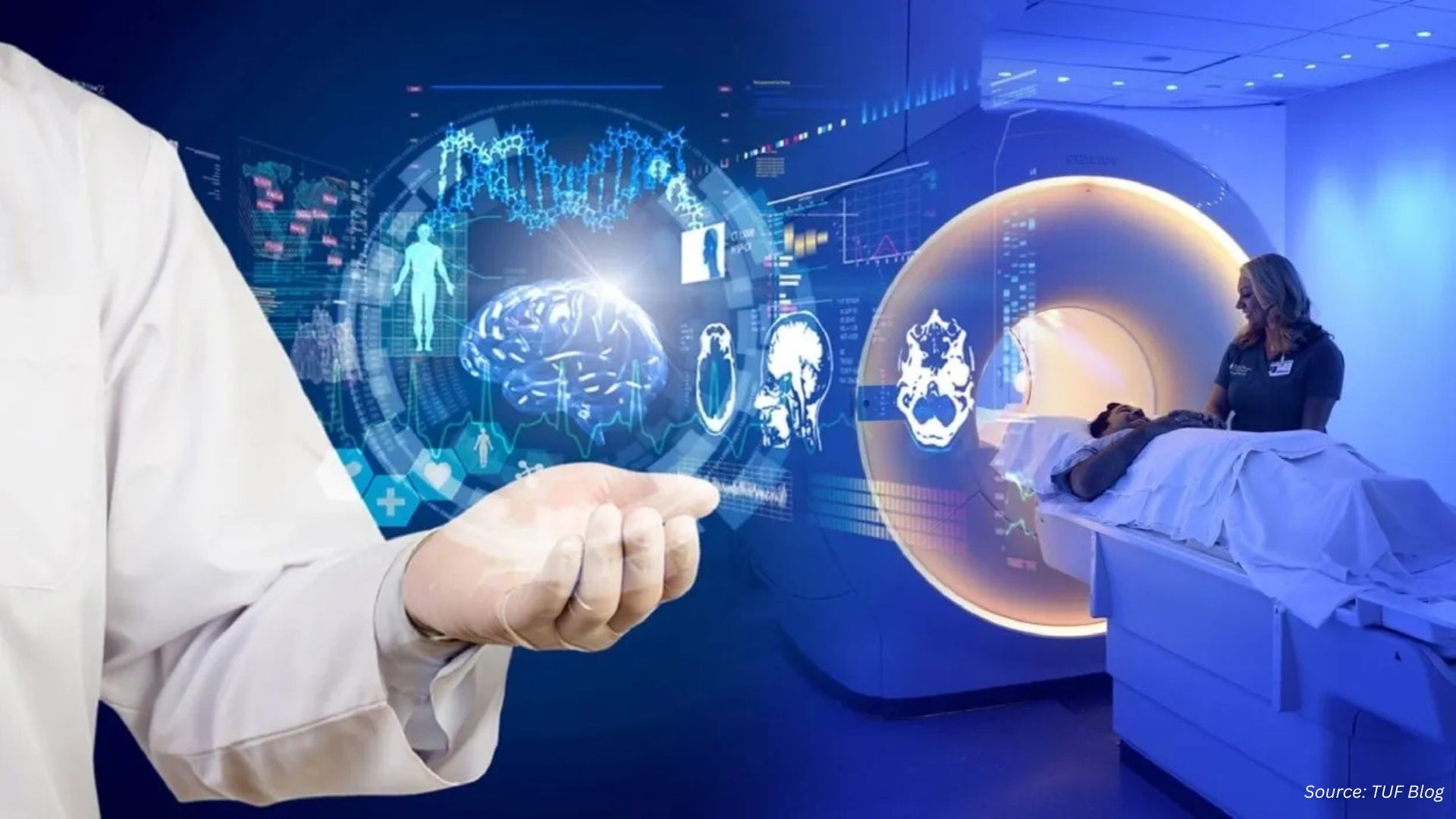South Korea Robot Software Market is Expected to Reach USD 2147.5 Million by 2030
Published: 2025-02-24
Increasing adoption of industrial robots and growing focus on safety and compliance are driving up the South Korea Robot Software Market demand during the forecast period.
The South Korea Robot Software Market size was valued at USD 418.3 million in 2023, and is expected to reach USD 2147.5 million by 2030, with a CAGR of 25.2% from 2024 to 2030, according to the new research by Next Move Strategy Consulting.
The increasing adoption of industrial robots is a pivotal driver propelling the expansion of the robot software market. Industries across diverse sectors are embracing automation, leading to a surge in demand for advanced robot software solutions to optimize robot performance. Industrial robots are now deployed across various tasks, illustrating their versatility and utility in different domains.
To fully capitalize on industrial robots' potential and ensure seamless integration into workflows, sophisticated software solutions are indispensable. These platforms enable precise programming, control, optimization, and coordination of robotic systems, thereby enhancing their efficiency and productivity significantly.
By leveraging advanced algorithms and artificial intelligence (AI) technologies, robot software enables industrial robots to adapt to changing conditions, collaborate effectively, and optimize performance in real-time. This growing adoption of industrial robots creates a substantial market opportunity for advanced robot software solutions.
Businesses recognize the importance of investing in high-quality software to maximize the return on investment (ROI) of their robotic systems. Consequently, providers are innovating and developing new offerings to meet evolving industry needs, driving market expansion.
Furthermore, the increasing emphasis on safety and compliance serves as a significant driver for the South Korea robot software market demand. Organizations prioritize robot software solutions that ensure safe and compliant operation, driven by concerns about workplace safety and regulatory adherence.
Robot software implements essential safety features, risk assessment tools, and compliance frameworks, mitigating accident risks and ensuring conformity with regulations. As regulatory requirements evolve and real-time monitoring becomes crucial, there's a heightened demand for advanced robot software solutions.
Addressing safety and compliance concerns fosters trust and stimulates market growth by fueling demand for advanced solutions meeting organizational needs. However, cybersecurity and data protection concerns pose significant challenges to the South Korea robot software market growth.
As robots become more interconnected, they're vulnerable to various cyber threats. Inadequate cybersecurity measures can compromise data integrity and operational continuity, leading to financial losses and reputational harm. Organizations are cautious about adopting robot software lacking robust cybersecurity features.
Indeed, cybersecurity and data protection concerns pose significant challenges to the growth of the robot software market. As robots become increasingly interconnected within digital ecosystems, they become vulnerable to various cyber threats such as unauthorized access, data breaches, and malware attacks.
Insufficient cybersecurity measures within robot software can lead to the compromise of sensitive data, theft of intellectual property, and disruptions to operational integrity, potentially resulting in financial losses and damage to organizations' reputations.
Additionally, with the rise of IoT-enabled robots and the accumulation of vast amounts of data, there is a heightened risk of data privacy violations and non-compliance with regulations. Organizations are becoming more cautious about adopting robot software solutions that lack robust cybersecurity features and data protection mechanisms due to the severe consequences of cyberattacks.
On the other hand, the emergence of Robotics-as-a-Service (RaaS) presents promising opportunities in the South Korea robot software market growth by offering a more accessible and cost-effective approach to implementing robotics solutions.
RaaS models allow businesses to access robotic hardware, software, and related services through subscription plans, eliminating the need for significant upfront investments in capital-intensive assets.
This subscription-based model reduces entry barriers, particularly for small and medium-sized enterprises (SMEs) or organizations with limited budgets, enabling them to leverage robotics technology without the financial constraints associated with ownership.
Furthermore, RaaS offerings often include maintenance, support, and software updates as part of the subscription package, adding value and simplifying the deployment process for businesses. By eliminating the need for upfront investments and bundling essential services, RaaS models streamline the adoption of robotics technology and make it more accessible to a broader range of businesses. The democratization of access to robotics technology through RaaS not only encourages innovation but also drives adoption across various industries.
This accessibility empowers organizations to explore the potential applications of robotics solutions in their operations, ultimately innovation in the South Korea robot software market expansion.
Request for a Sample PDF on the South Korea Robot Software Market
Several key market players operating in the South Korea robot software industry include IBM, NVIDIA, ABB Ltd., FANUC, Teradyne, Inc., H2O.ai, Brain Corp, CloudMinds, Clearpath Robotics, and Neurala, Inc. These market players are adopting strategies to maintain their dominance in the market.
Key Insights from the South Korea Robot Software Market Report:
-
The information related to key drivers, restraints, and opportunities and their impact on the South Korea robot software market is provided in the report.
-
The value chain analysis in the South Korea robot software market study provides a clear picture of the roles of each stakeholder.
-
The report provides an analysis of the South Korea robot software market share and competitive landscape of key players in the industry.
















Add Comment